THE CREATIVE ITCH. PICK IT. SCRATCH IT. DELVE DEEPER.
Cove Park, Day 4
The beauty of this residency is that you do have a chance to converse with other artists from other disciplines, usually while waiting for your dinner to finish cooking or over a morning brew. The oven hobs take a degree of skill to master, so dinner prep is a way longer task than you’d first imagine. Anyway, I digress.
One such conversation happened with Carl Linstrum. He happened to mention how our process reminded him of Twyla Tharpe’s book ‘The Creative Habit’. No one can miss what we are up to these last few days as our post-it notes on the wall in the studio multiply daily, visible to everyone from the outside balcony. His comment made my day because I read that book when first leaving Laban and it has stayed with me.
Carl’s chat made me ponder. How should I describe my creative practice/process?
On one hand, I want to use technology as a method to deliver my narratives and I know my work involves getting people involved through the use of everyday technology. I can also confidently tell you how to become an active participant in co-creating my work. But I find it harder to articulate my process of creating movement. Especially, when it comes to expressing my movement language. Addressing this issue head-on this week, some clear headliners have emerged:
Subject Depth provides the focus for my creative rabbit hole - If I can fill a wall with movement ideas, life experiences, visual possibilities, historical facts etc. then I know I’m focusing on the right subject matter. It makes me want to move. It gives me access to tasks and/or qualities to create movement material.
A battle rages between my need for authentic vs architectural movement - every day we’ve come back to the same question of ‘what is more important to me - a movement which comes from a true intention or movement which is about the architecture of what we see?’. I want both but if I only get to choose one, intention rules.
Gimmicks, tricks or speed allure me no more - I’m rebelling more and more against what I see on social media as dancing we should strive to emulate. The suggestion seems to be that excellence comes from what you can do gymnastically or how speedily you can perform movements. Yes, it has a place. But I’m done with all that newness and I want to see life experience and intention in movement instead. Give me performers who can stand on stage in stillness, with grace, power and force of intention, and allow their movements to speak stories of truth.
I LOVE the right music - I think Charlie can back me up on this fact. When a piece of music resonates with me I can’t get enough of it. It plonks me firmly and squarely in the world that I’m trying to make. While Spotify was on auto-play following a completed playlist, we stumbled on a track that screamed to me ‘this is the one’. I try to give Charlie a break from it but can’t help myself sneak it back on when he’s not looking.
Improvised movement in performance is my unexplored vein of potency - It’s never really been on my radar before but this week I have seen how improvisation can be more than just a warm up tool. If I’ve used improvisation as part of creating material it may then become the basis for my set sequences. But Charlie challenged me today to actually use it in performance in that way that I’ve never been exposed to before. I’ve always believed that dance movement needs to be set for it to have worth. I’m now thinking that assumption needs to be challenged even if my previous experiences have taught me otherwise.
This is what my post-it ponderings, daily notebook entries and co-collaborations have come up with so far.
How to sum that all up in a succinct evaluator pitch is a task for another day. I can’t draw any inspiration from reading other dance artists’ creative statements because they tend to leave me feeling confused and undereducated. I’m sure that’s just me but now, turning 50, I wouldn’t want to write one in that style anyway. It needs to express the authentic me.
RESOURCES.
www.twylatharp.org

